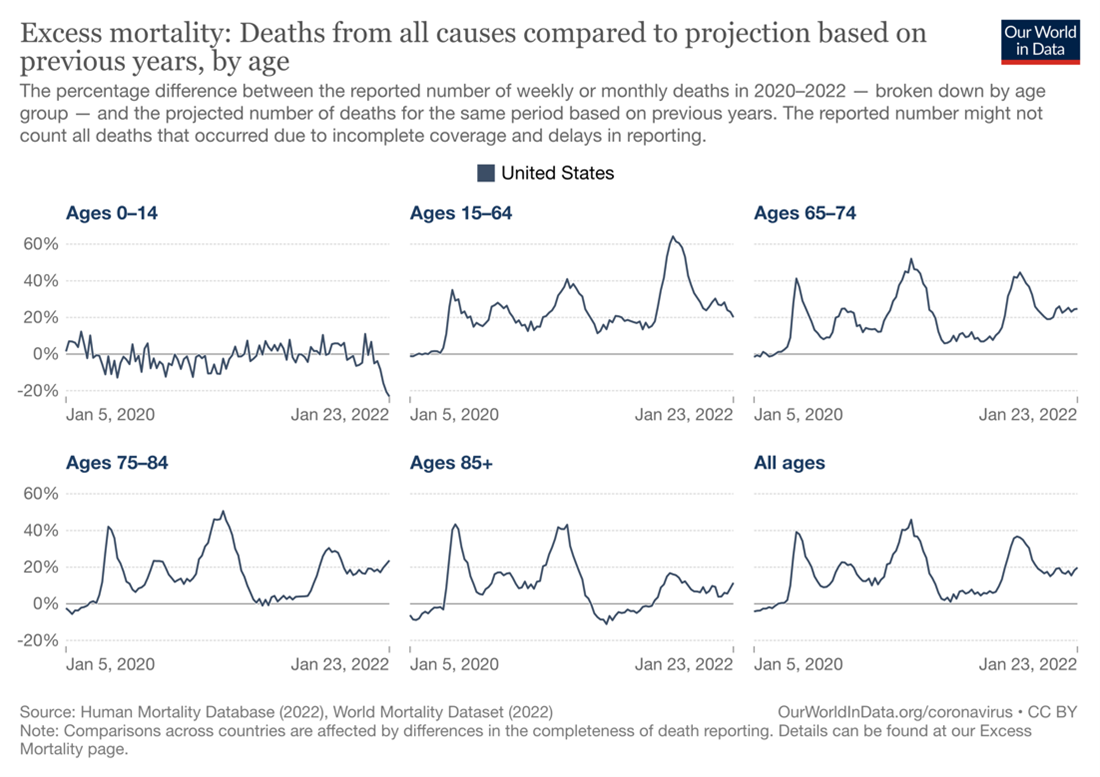Counterpoint
Hal Andrews | March 15, 2022The “Directionally Correct” Fallacy, Part I: An Introduction
In a previous blog series, we explored this inexorable reality:
Healthcare is a negative-sum game.
Game theory is infrequently, if ever, discussed in the healthcare industry, but nothing will have a more profound effect on the health economy in the next 20 years.
“The most difficult problems are negative-sum situations, where the pie is shrinking. In the end, the gains and losses will all add up to less than zero. This means that the only way for a party to maintain its position is to take something from another party, and even if everyone takes his or her share of the "losses," everyone still loses in comparison to what they currently have or really need. This type of situation often sparks serious competition.”[1]
The American healthcare pie is most definitely shrinking, with the Medicare “silver tsunami” that will not subside until 2030[2], a decline in both birth rates[3] and commercially insured consumers[4] since 2008, and a staggering increase in excess deaths in the 15-64 age cohort since the beginning of 2020:

It is impossible to win a losing game without competing, but there are several ways to compete effectively: winning key battles, cutting losses early, losing less frequently, and losing by a smaller margin than the competition. Market share is measured by wins and losses, so analyzing market share correctly is fundamental to survival.
Here is another inexorable reality:
Every stakeholder in the health economy overestimates their market share because none of them knows how many healthcare suppliers exist.
Healthcare stakeholders not only overestimate their market share but also fundamentally misunderstand the market forces that determine market share. As a result, they are incapable of predicting the future. Healthcare stakeholders who cannot predict the future default to the “directionally correct” fallacy, which manifests in “me too” strategies, wasteful service duplication, and suboptimal rates of return on invested capital.
In the coming weeks, we will explore the “directionally correct” fallacy in detail (Part II), reviewing the questions that it purportedly answers and analyzing the suboptimal decisions that result. We will lay bare the origins of the “directionally correct” fallacy in the “100% data sample fallacy” (Part III) and explain why probabilistic predictive analytics do not require a 100% data sample. We will also distinguish between “directionally correct” benchmarks and probabilistic predictive analytics (Part IV), the approach utilized in every global industry except healthcare. Finally, we will consider the risks of continued reliance on the “directionally correct” fallacy instead of using predictive analytics to develop evidence-based strategies (Part V).
Our hope is that healthcare executives will become much more demanding about making evidence-based decisions in every aspect of their business.
Read part II of "The Directionally Correct Fallacy" here
Download the full series
[1] https://www.beyondintractability.org/essay/sum
[2] https://www.census.gov/library/stories/2019/12/by-2030-all-baby-boomers-will-be-age-65-or-older.html
[3] https://www.census.gov/library/stories/2021/09/united-states-births-declined-during-the-pandemic.html
[4] https://www.kff.org/other/state-indicator/total-population/?activeTab=graph¤tTimeframe=0&startTimeframe=11&selectedDistributions=employer&sortModel=%7B%22colId%22:%22Location%22,%22sort%22:%22asc%22%7D
- Directionally Correct Fallacy






















.png)

















.png?width=171&height=239&name=2025%20Trends%20Report%20Nav%20(1).png)
